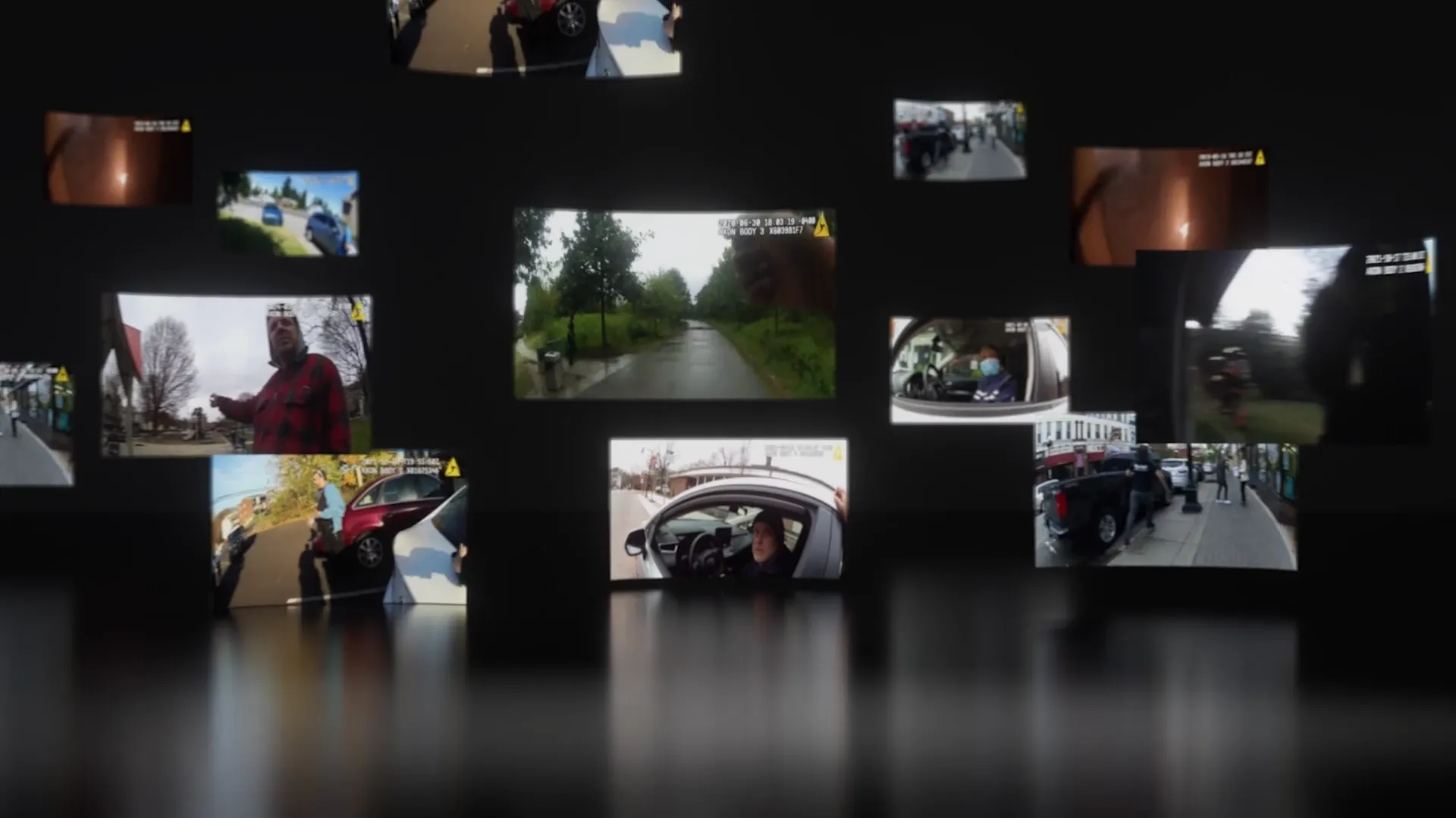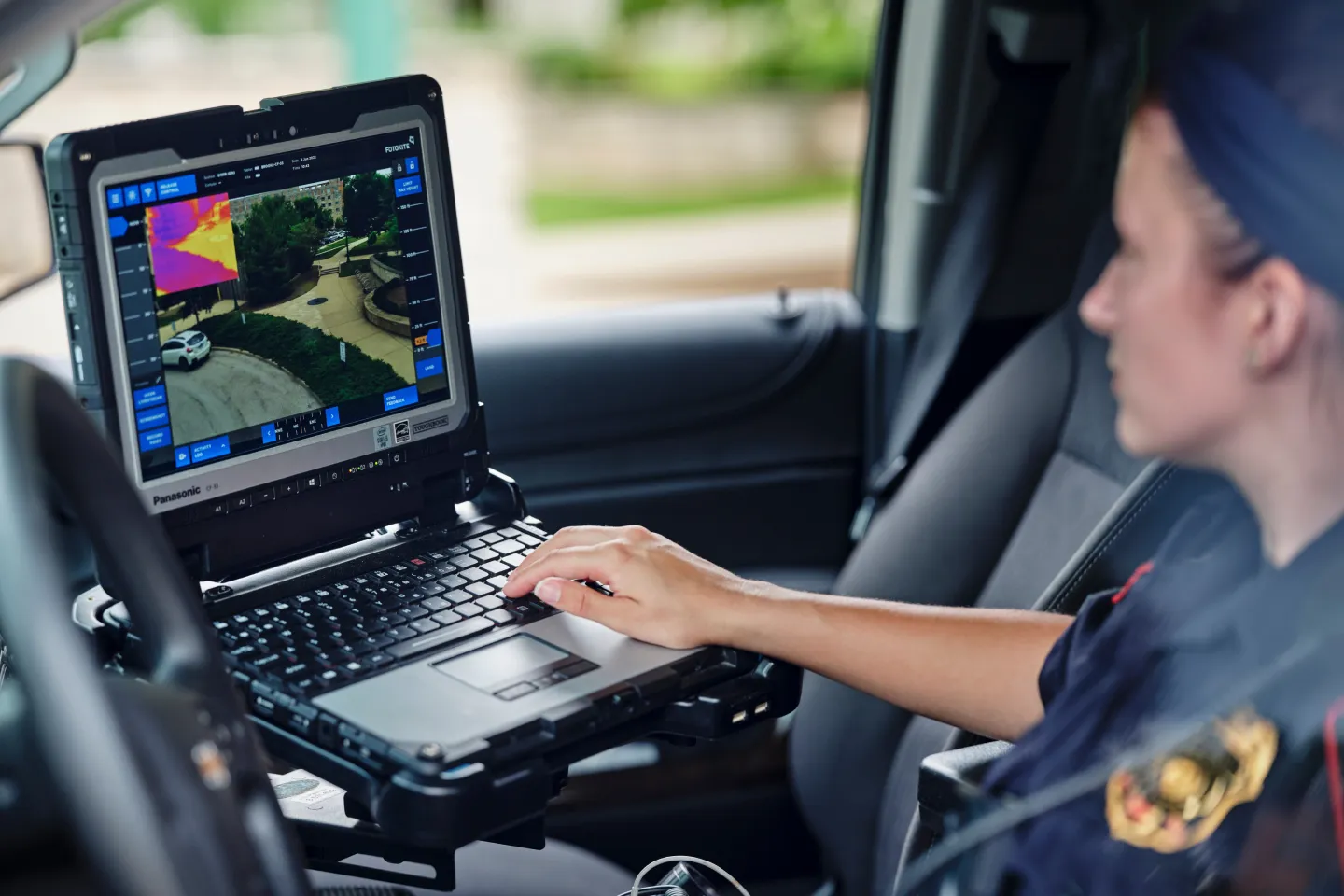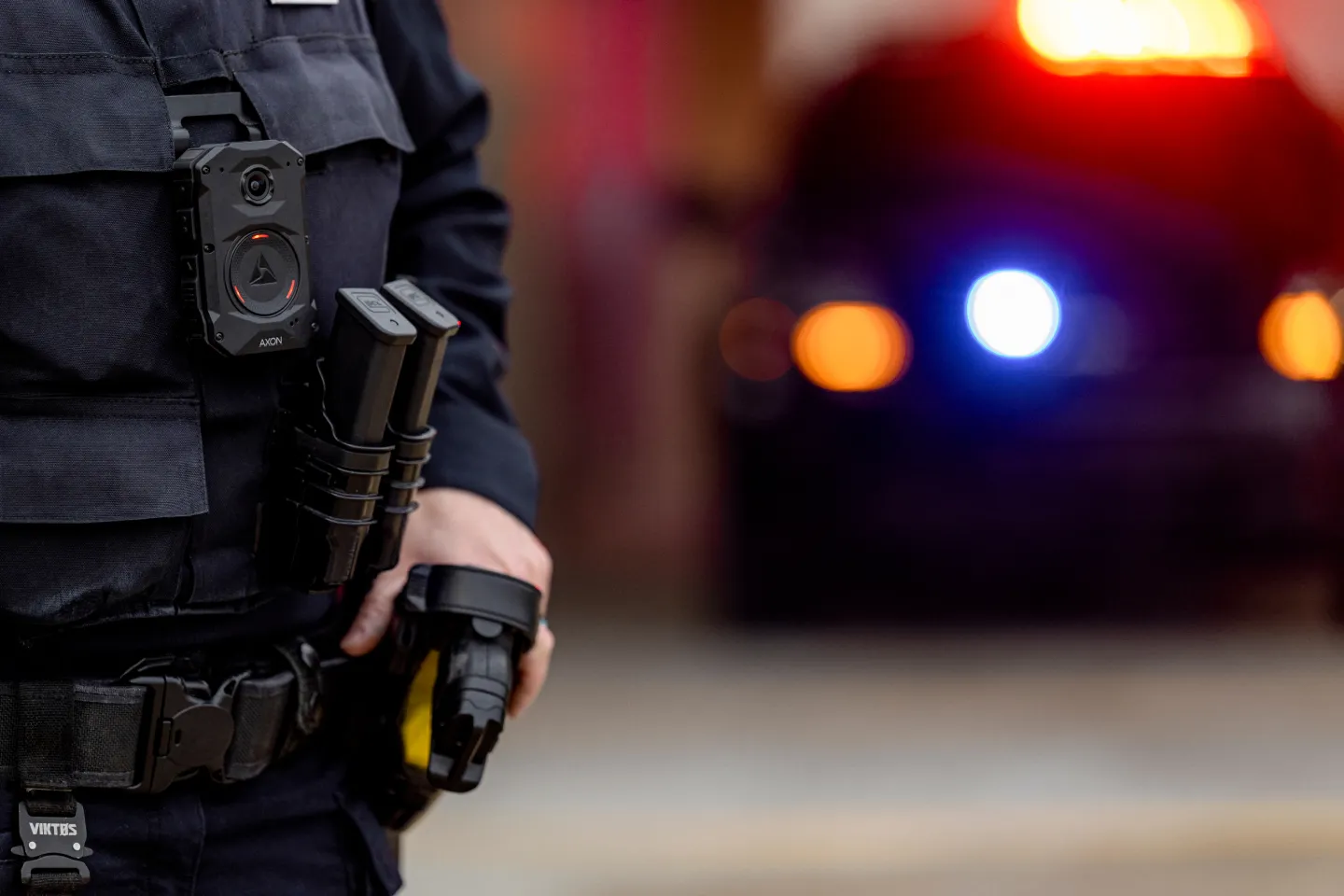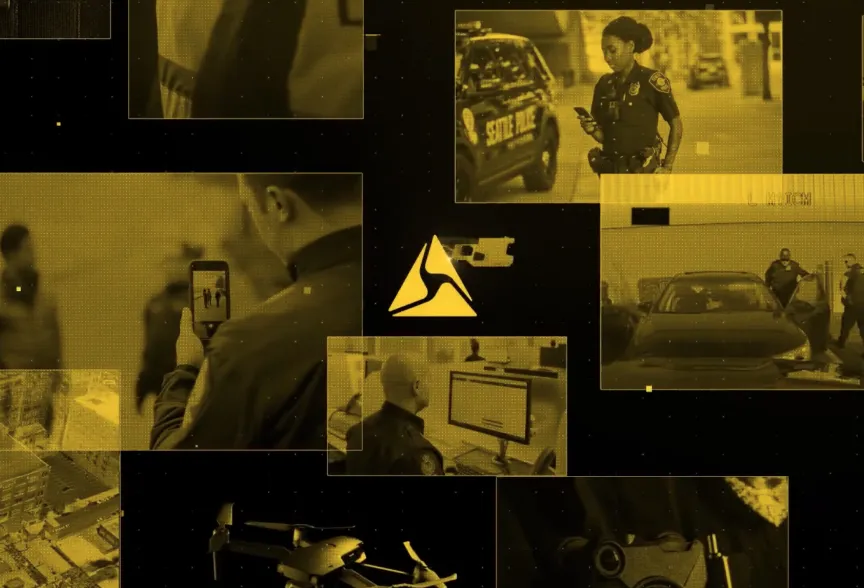
Rewrite Report Writing
Police officers spend up to 40% of their time writing police reports.
Not anymore.
What if you could cut that time in half with the click of a button?
Introducing
Draft One is a force multiplier for officers, leveraging generative AI and body-worn camera audio to produce high-quality draft report narratives in seconds.
Safeguards ensure accuracy and accountability.
And clearer, more concise and consistent reports help accelerate justice.
Less time on paperwork means more time for police work
Start saving time today
Draft One is a part of the Axon ecosystem and works seamlessly as part of Axon Records.
Key features
Merge multiple recordings
Create a single Draft One narrative from one or more body-worn camera recordings.
Use 3rd party Records Management Systems
For agencies not yet using Axon Records, Draft One reports can be easily inserted into your current RMS.
Rapid audio upload
Audio from Axon body-worn camera (BWC) footage is uploaded over LTE and transcribed automatically so report drafts are available within five minutes of an incident ending.
Customize by incident type
Draft One serves the vast majority of reports, but exclude incidents where arrests took place and for felonies.


Frequently Asked Questions
No, Axon takes an “officer-in-the-loop” approach to AI, which means officers remain in control of any decisions made and actions taken. Draft One generates report narratives based on body-worn camera audio, but these narratives cannot be submitted without officer review and approval. Officers must review the draft, manually fill in missing information and then sign off on the narrative’s accuracy before submission. This workflow saves officers significant time while still ensuring that each report is reviewed for accuracy and key contextual information.
No, report narratives are drafted from the audio transcript from the body-worn camera recording. The underlying model we used for Draft One transcription is Open AI’s GPT-4 Turbo and we calibrated the model to prevent speculation or embellishments that can be more common and necessary for other AI use cases. Draft One reports stick to the facts, and require officers to review and add any missing pieces of information.
It’s critical that Draft One helps provide initial report narratives that are high quality, concise and clear. The AI generated report uses good grammar and spelling, and since it is drafted from the body-worn video, it does not forget details. While AI technology can be helpful in taking on complex and time-consuming tasks, we recognize it isn’t infallible, so we developed Draft One with a range of critical safeguards, and require every report to be reviewed to preserve the crucial role of human decision-making. We ran a study to compare the quality between officer-only reports and reports created by an officer using Draft One. The study was conducted by 24 independent experts, including district attorneys, field operations command staff and inclusion scholars. Results showed that Draft One reports are equal to officer-only reports in terms of comprehensiveness, neutrality and objectivity, and Draft One reports were rated more highly when it came to terminology and coherence. In short, Draft One reports can help agencies improve the quality and consistency of their reports. Review the full study here.
Axon follows our Responsible Innovation framework whenever we develop new technology. We recognize the immense promise of ethical AI innovation. Our mission is to harness cutting-edge AI technology to revolutionize community safety, all the while prioritizing the rigorous mitigation of biases and other potential risks. We build our AI-enabled technology with controls so that it never removes human decision-making in critical moments. Axon also rigorously tests our AI-enabled products to reduce inherent bias in the models before products are released. We are continually monitoring and improving any unforeseen instances of bias that may arise in the models and continue to seek external feedback from our Ethics and Equity Advisory Counciland others when implementing AI.
Draft One reduces the amount of time police need to spend writing reports, which allows them to spend more time in the community or responding to calls for service. Because the reports are drafted from the body-worn camera audio, many officers have shared they speak in a more thorough, interactive and comprehensive way that benefits the report and the community members involved. Lastly, the improved report quality will help accelerate the justice process.
All Draft One data, including body-worn camera transcripts and report drafts, is securely stored and managed within the Axon Network.








